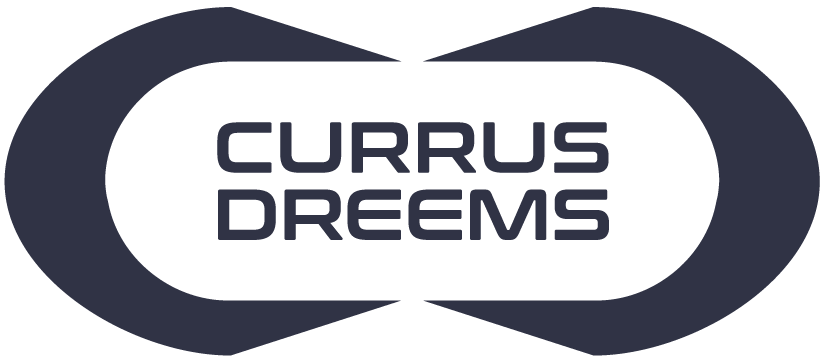The Automotive Dream “One man and his dream had not simply left the world with an engine and four wheels; Henry Ford and his Model T had influenced people's everyday lives - where they lived, how they spent their leisure time, even how they viewed themselves.” - Gary...
Howard A. Darrin

Recent posts
Lagonda 16/80 Special Six 1933
English Touring The car we present to you this week is the Lagonda 16/80 Special Six in the Demers Car Collection. Lagonda was a luxury British car brand that Aston Martin eventually absorbed. Through its association with Aston Martin, it is sometimes hard to remember...
An Introduction to Lagonda
Before Aston Martin “The history of Lagonda cars is synonymous with sophistication, opulence, and groundbreaking performance” - An article for Discovery UK Today, we may recognize the name Lagonda from its association with Aston Martin. Before these two brands...
Cadillac Model A 1903
The Standard of the World “No other American car on the market in the first decade of the century was constructed to higher standards than Cadillac.” - Stephen W. Sears in The Automobile in America Some of you may know that Cadillac has long had the slogan “Standard...
A Story of Design
“He was crusty, hardbitten and had no reticence about expressing his opinions. He had flashing blue eyes, snowy white hair in later life, a bubbling enthusiasm for what he liked, a withering contempt for what he didn’t.” – the Auto Editors of Consumer Guide in How Stuff Works
Howard A. “Dutch” Darrin is the kind of individual in automobile history that we strongly associate with one or two car models. But when you look into his life and work, you realize that his impact is much larger. As an industrial designer, he made his mark consulting for brands like Renault, Daimler-Benz, Rolls-Royce, Stutz, Packard, Studebaker and Kaiser-Fraiser. Darrin lived a long, colorful life and his work keeps his spirit alive. In this blog article, we delve into his work in the automotive field, from the time he spent in Europe to the famous American cars that he designed.
Early Life
Darrin was a dynamic individual with a marked talent for design. He knew what he liked and what he didn’t. He was proud. Especially in later years, he was careful before putting his name on anything. Born in the USA in 1897, Darrin lived to be 85 years old. His career started at the Automatic Switch Company in New Jersey, where he excelled as an electric engineer. In this role, he created an electric gearshift for the Willys car, which revealed a true passion for him: the world of automobiles.

A Little Bit of Chance
Darrin’s military service during World War I would bring him to Paris, where he fell in love with the city. After the war, he happily joined his friend Thomas L. Hibbard on a trip to Paris. Hibbard, a co-founder of LeBaron, was there to supervise the construction of custom bodies. In 1923, taking advantage of the disruptions the war caused in the French coachbuilding market, the two partnered to open their own Parisian design house. Carrosserie Hibbard & Darrin (H & D) would make prestigious, custom coaches for the next 7 years.
H & D first designed bodies for the Minerva chassis that Belgian Van den Plas would later build. Later, H & D made coaches for other luxury European brands like Rolls-Royce, Isotta Fraschini, Maybach, Renault, Mercedes-Benz and Hispano Suiza. Some American luxury cars like Packard, Cadillac and Stutz also got H & D bodies. H & D eventually produced their designs at their Puteaux factory and by 1929, employed over 200 people. Darrin’s electrical engineering knowledge greatly helped him in his coachbuilding work as he understood how to introduce mechanically complex elements like folding-top mechanisms. His impeccable eye for design also helped sell luxury cars.
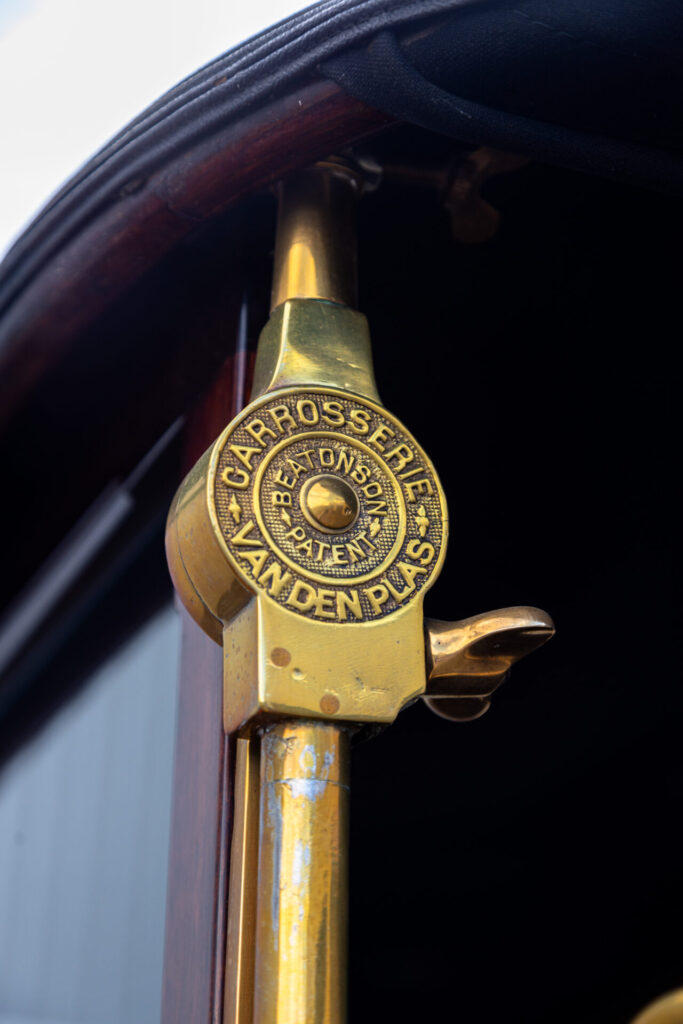
The Glory Days of Hibbard & Darrin
Diarrin’s work and personality favored his acquaintance with Parisian high society. Well-versed in topics as varied as antique collecting and polo, it is hard to say whether Darrin’s coachbuilding success engendered his social success or whether his acceptance in high society brought in high-value clients to H & D. In any case, his salesmanship paired with his personality brought in “a steady stream of American ex-patriots, tourists and wealthy Europeans to the firm’s showroom.” Throughout the Twenties, Darrin met other noteworthy automotive personalities like André Citroën, Louis Renault, the Panhard brothers, Ettore Bugatti and Harley Earl as well as all kinds of other celebrities of the time. His designs have been described as “groundbreaking,” and the likes of Derham Body Co in Philadelphia, General Motors licensed his work.
Business suffered after the 1929 financial crash. H & D was placed in receivership in 1930 and closed by 1931. It is estimated that about 500 bodies were made by H & D, but very few survive today. Wealthy clients tended to re-body their cars to match the current trends, often getting rid of the previous body. As most of H & D’s work consisted of conservative closed-body town cars and limousines, we speculate that they were possibly discarded when open-air body styles became in vogue.
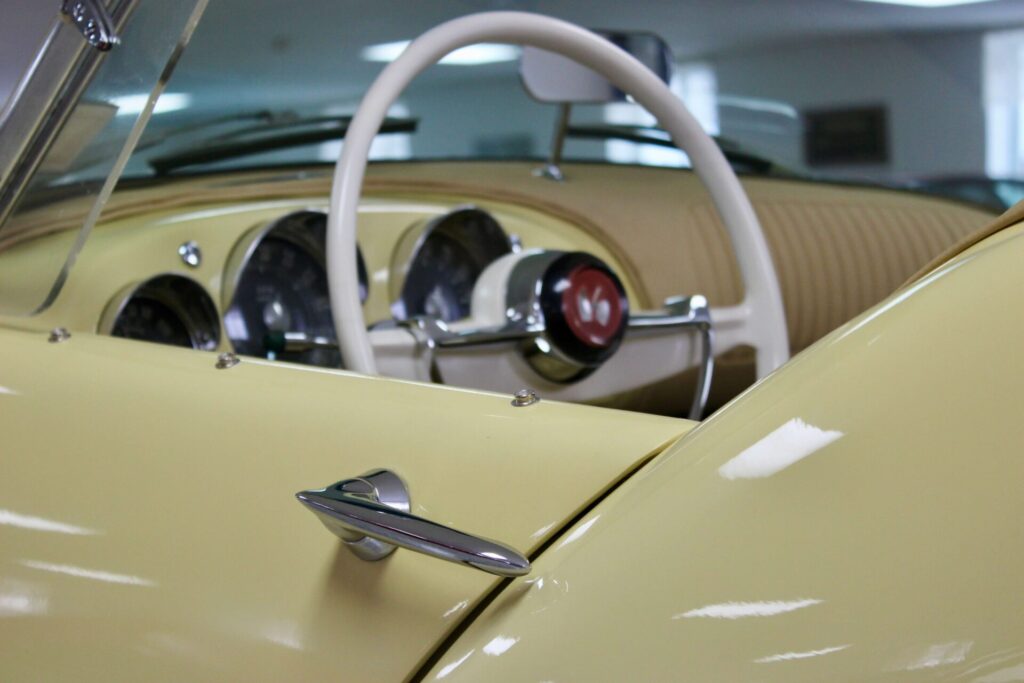
Fernandez et Darrin
In 1931, Darrin met banker J. Fernandez who was already in the body-making business and partnered with him to create the carrosserie Fernandez et Darrin (F & D) in 1932. Fernandez’s business acumen and deep pockets allowed Darrin to create designs without thinking of financial issues. The partnership’s most popular work included bodies for Delage, Hispano-Suiza and Isotta-Fraschini although they’ve also worked with Bentley, Bugatti, Buick, Delahaye, Duesenberg, Hispano-Suiza, Maybach, Mercedes-Benz, Packard, Panhard, Renault, Rolls-Royce and Voisin chassis.
F & D’s notorious clients included Argentinean playboy Martin Máximo Pablo de Alzaga Unzue, who is believed to have purchased 26 of their cars, American actress Greta Garbo whose Duesenberg was fitted with built-in custom Louis Vuitton luggage and Anthony Gustav de Rothschild that ordered two matching Hispano-Suizas, one formal and one for everyday use.
F & D produced around 200 bodies over an equal seven years in business. Like in the case of H & D creations, very few survive today for the same reasons. Due to rising tensions in Europe and the pressures it put on their business, Darrin decided to relocate back to America in 1937.
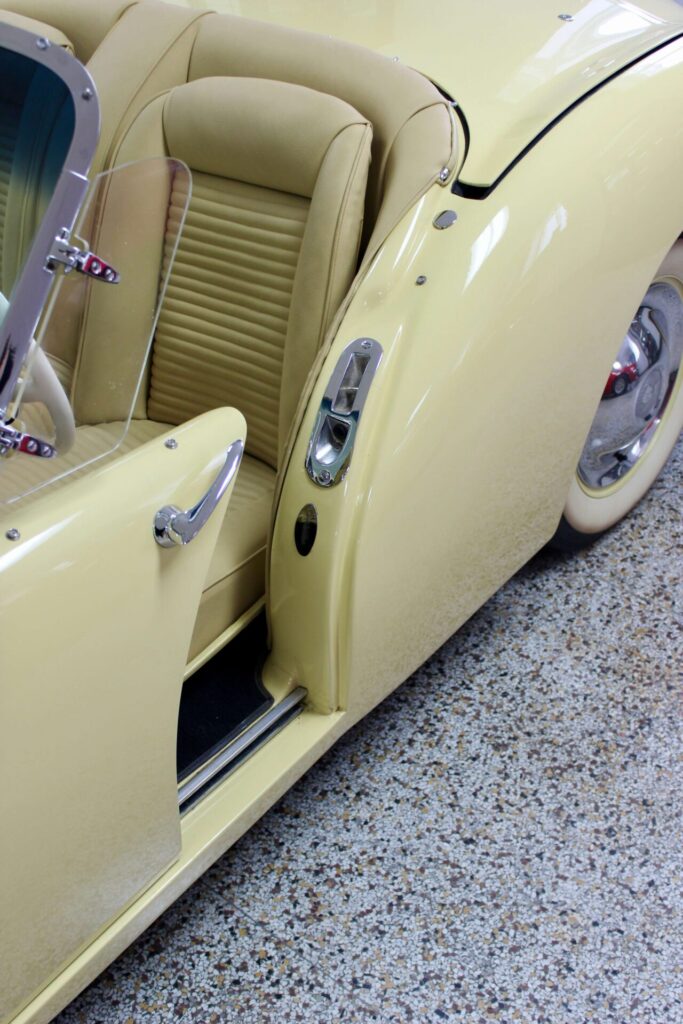
Darrin’s Return to America
Darrin established himself in Hollywood and opened his Sunset Strip shop named Darrin of Paris. From there, he continued to have well-known clients and he didn’t change his high-society ways, having friends like Clark Gable. Only a few custom-designed coaches were produced in Darrin of Paris’ early days of business, but they all went to notable clients. The most important of these designs is Dorothy Di Frasso’s Rolls-Royce town car. It is said that Darrin considered it one of his finest designs. This was also his last work on a Classic-era European chassis. Commissioned in 1937, the car was finished a couple of years later.
Starting in the late 1930s, a significant shift in American car design and manufacturing began. Custom coachbuilding slowly became out of style. Big manufacturers like GM had in-house design departments and smaller manufacturers hired designers like Darrin to help them out. While hand-build coaches Darrin designed in Europe and the ones he made out of his shop in Hollywood were one-ofs, the cars he designed in the following years would be made in series.
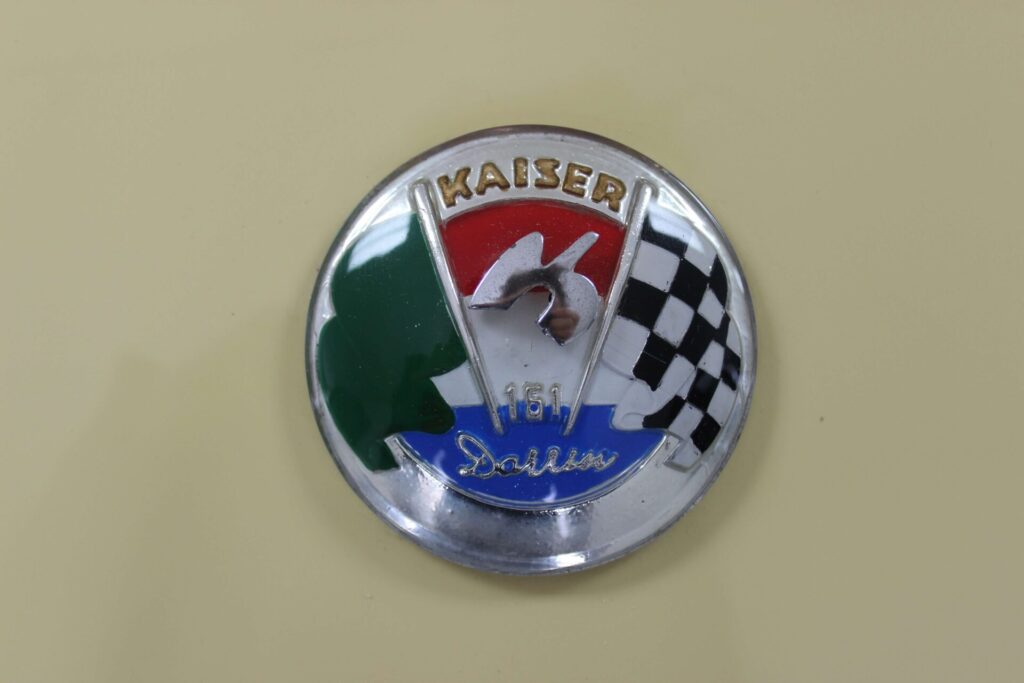
The Packard-Darrin and the Kaiser-Darrin
Arguably, working closer with smaller-scale American carmakers like Packard and Kaiser-Frazer allowed Darrin’s designs to be better known in the mainstream. A production car Darrin gave his name to is the Packard-Darrin. What started as a few custom coaches done in 1937 and 1938, his redesigns of the Packard were added to the manufacturer’s regular lineup in 1940 due to popular demand. The Packard-Darrin pushed conventions. In it, Darrin married both sporting and formal coachwork traditions. Darrin’s Packards were the most desirable cars in the manufacturer’s lineup and helped increase showroom traffic by up to 300%.
Darrin collaborated on and off with Kaiser-Frazer for many years. The most noteworthy car to come out of this relationship, the 1954 Kaiser-Darrin, was produced in 435 units. With its pocket doors, Darrin-dip flanks and pursed-lips grille, it remains an icon to this day. Introduced in 1952, the Kaiser-Darrin prototype beat Chevrolet’s Corvette as America’s first production fiberglass car. Although Kaiser closed shop in the United-States and shortly after putting the Kaiser-Darrin on the market, the car itself remained relevant for years to come. And unlike the custom coaches he designed, a large proportion of Kaiser-Darrin’s still exist today (over 300 are estimated to still exist), a testament to how special this car is.
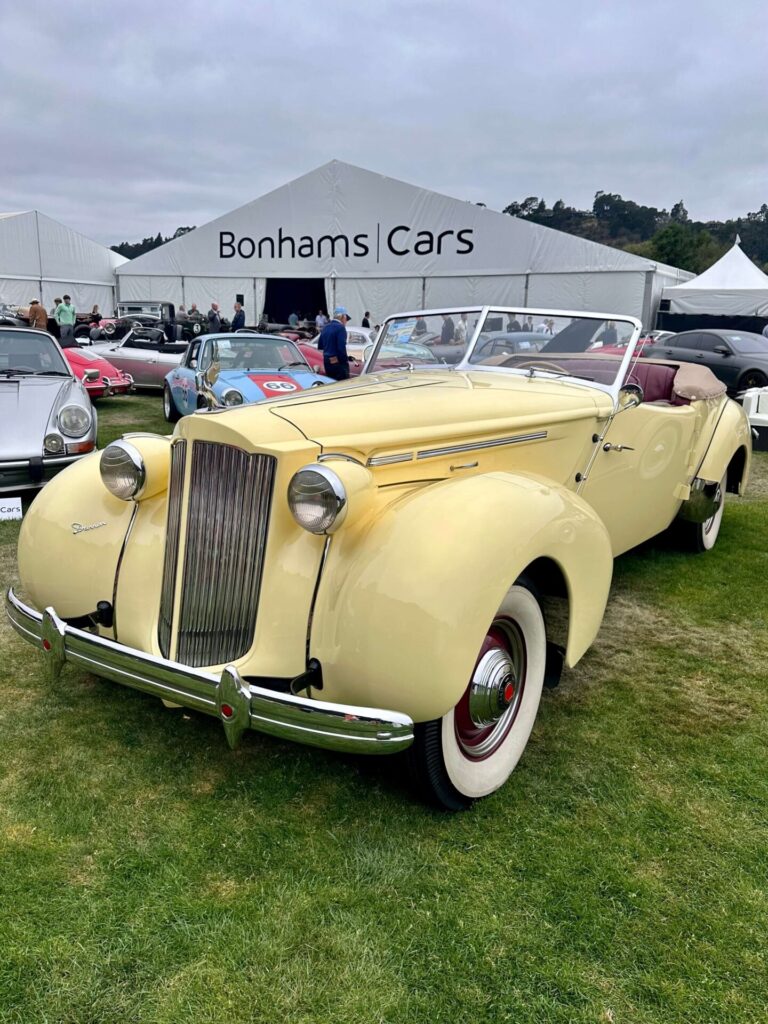
What Now?
Although the Kaiser-Darrin and the Packard-Darrin have made him immortal. Darrin should be remembered for much more than a couple of cars. He was a prolific designer with a personality to match his exploits. Over 40 years, on two continents, he produced cars for the elites. His work showcased trailblazing designs and shaped trends. Don’t miss next week’s blog where we dive deeper into the 1940 Packard Super 8 Victoria by Darrin.
